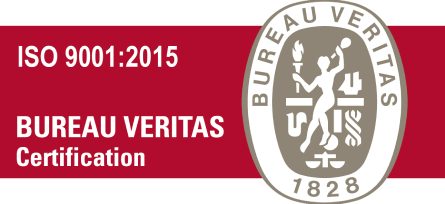A virtual datacenter is a software solution which maximizes the benefits of IT infrastructure. A virtual datacenter (VDC) eliminates the need for costly and inconvenient equipment, reducing operating costs and improving IT performance.
VDCs are usually run on hyperconverged infrastructure (HCI) the system which combines server hardware and virtualization software into one. This simplifies IT operations by eliminating the requirement for separate servers, storage arrays, and networking equipment. The VDC also enables IT teams to optimize resource utilization by running multiple IT tasks on the same hardware.
VDCs can also help companies save on energy costs. Traditional data centers consume plenty of energy and are costly for both businesses and the environment. VDCs use far less electricity which can save businesses a lot of cost on energy bills as well as lessening their environmental impact.
A VDC can also offer the benefit of cost savings by reducing backup and recovery procedures. In a datacenter that is physically located, when a computer malfunctions the company has to rely on manual backups which can take a considerable amount of time to restore. In a VDC, the process is much simpler and quicker — backups can be created in only a few mouse clicks.
VDCs offer increased security. It is easy to separate IT tasks using different security policies virtual data center and replicate them within a virtual environment which makes it much easy for organizations to meet the requirements of regulatory compliance. This feature allows organizations to concentrate on maintaining the security of their systems rather than investing in expensive and complex hardware solutions.





